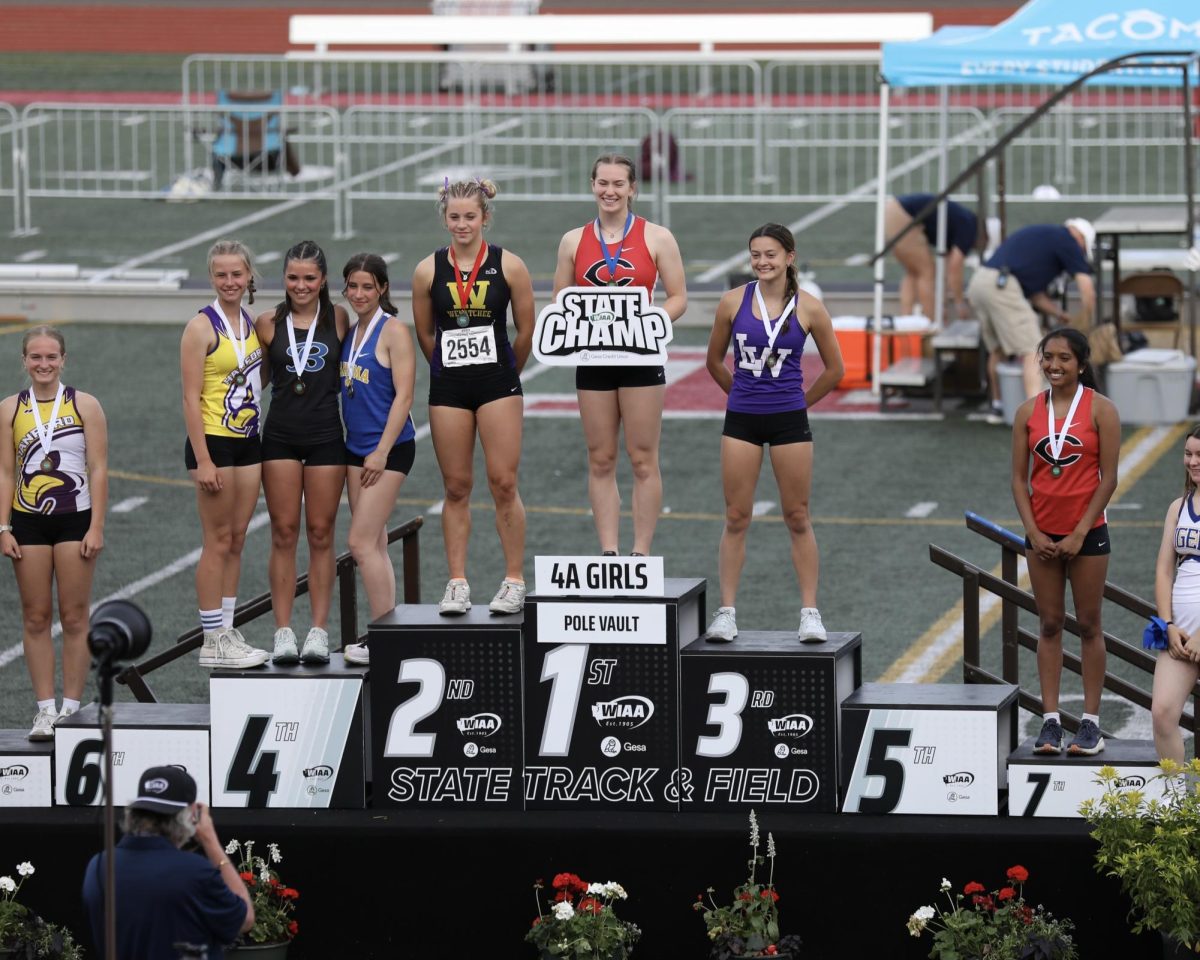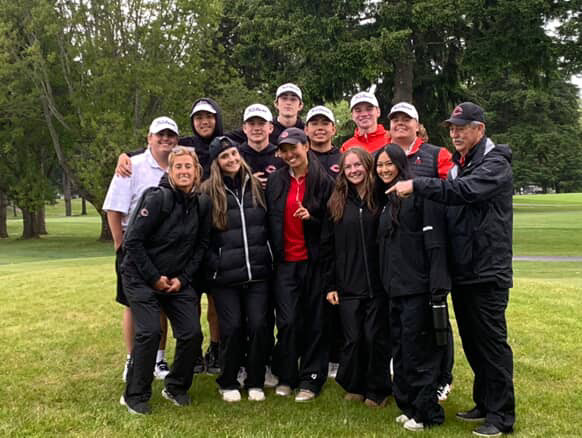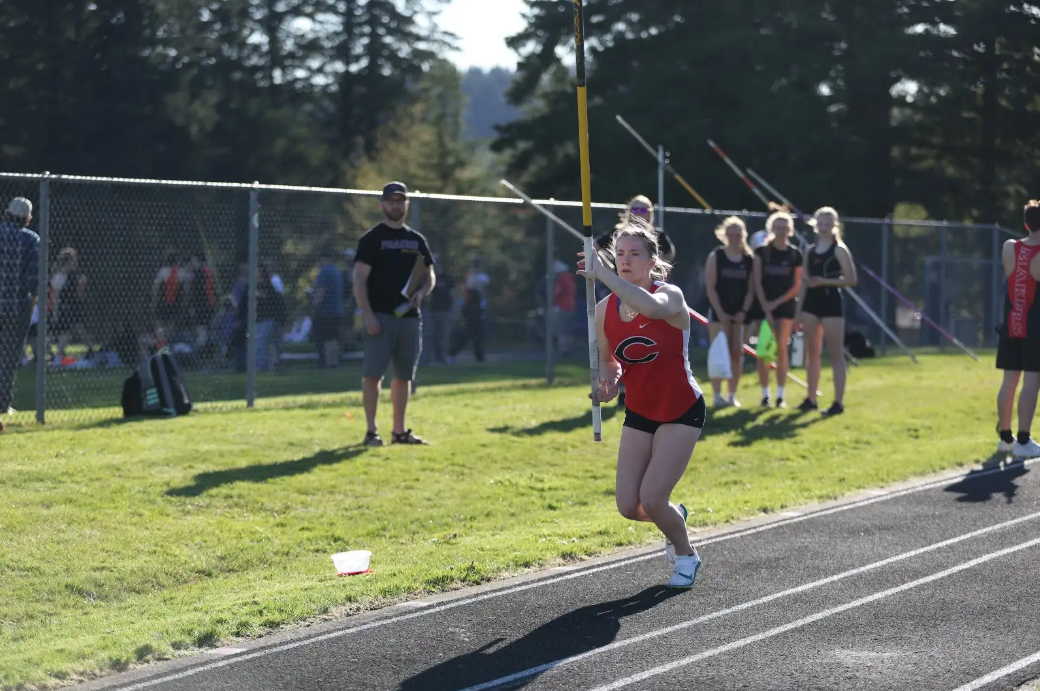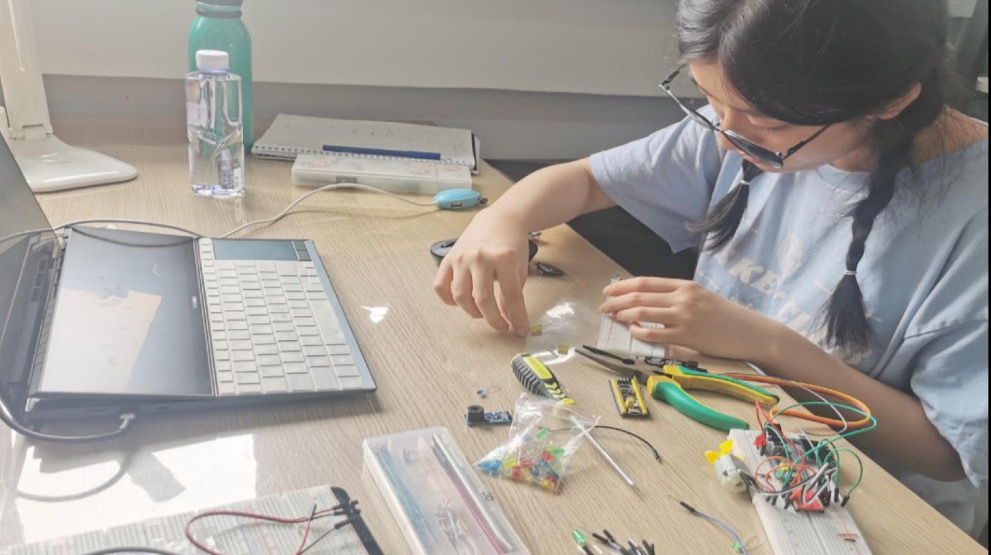Not too many people are in love with remote learning, but nevertheless, teachers are attempting to connect to their students through the screen as the entire world goes through this pandemic together. This new Camasonian series aims to get-to-know more about teachers’ approaches to remote learning and how they are getting to know their students in a digital world.
Here is Matt Chase, CTE teacher and head coach of our Science Olympiad team!
How has remote learning changed your teaching style?
“In the remote setting, because we’re more focused on the main content goals versus any additional content goals, I’ve had to re-evaluate the depth [of my lessons]. So I’m not able to have daily communication where you’re able to ramp-up a lesson. Currently, a lesson will take almost twice as long with half the amount of communication.”
How do you prepare for your lessons?

“Currently, what I do is I give less problems to the problem set, but [students] have multiple ways of doing those problems. So I’m not giving those specific problems anymore because what I found was, first of all, there were too many problems for them to do, because they wouldn’t have time in class to do those problems and [work up] to a higher level. What I’ve been currently doing is giving all the instruction over On-Demand, and I’ve been doing the classroom discussion on live days. The problem is that you don’t get consistency in reaching the kids, since Zoom is only twice a week, so the amount of classroom discussion time has been drastically reduced. Therefore, my expectations of content have maintained, but depth of understanding of content have dropped, so I don’t ask the enrichment questions as much as I used to (the higher-level application problems).”
How do you think remote learning has impacted students’ learning?
“Students are getting less out of [lessons] than they would have in a live setting. The amount of content they can do is more, they are better at the content, but their understanding of why they do the content has dropped. There’s this lack of human interaction, of that live feeling and passion that gets kids to understand there’s an emphasis on certain things. Being able to utilize the content for [real-world applications] has really lowered.”

What have you done to get students more engaged over Zoom?
“I require responses in the chat to get credit for the Zoom meeting. Every time a kid posts, I say ‘Thank you’ to the person if they got it right. I don’t like it when kids answer verbally, because there will be a kid that always has the answers and never lets anyone else think about something. So that’s a benefit of the chat in live instruction. I always have my video on, and so they are seeing me being vulnerable too, and so I just encourage them (I don’t enforce them) to have their video on. But I enhance the student interaction through chat versus through video, even though I’m a very visual communicator.”
You are the head coach of Science Olympiad, so how has that changed?
“We are not able to have any kind of peer-to-peer social interaction; that being said, this year we’ve already competed in two tournaments, and our kids are performing at their level. The big thing is that there’s a couple events that are not able to be utilized, so [many events were] manipulated to be more of a true engineering question instead of designing and building. Personally, I don’t think that’s the best way for all young kids (especially middle-schoolers) to go about things.”
Aidan chose to interview Mr. Chase because of his position as both a Science Olympiad coach and CHS teacher, as well as his experience and expertise in teaching remotely.



































